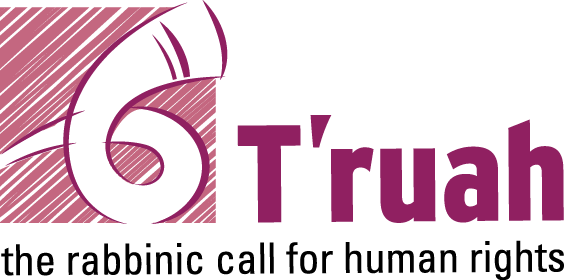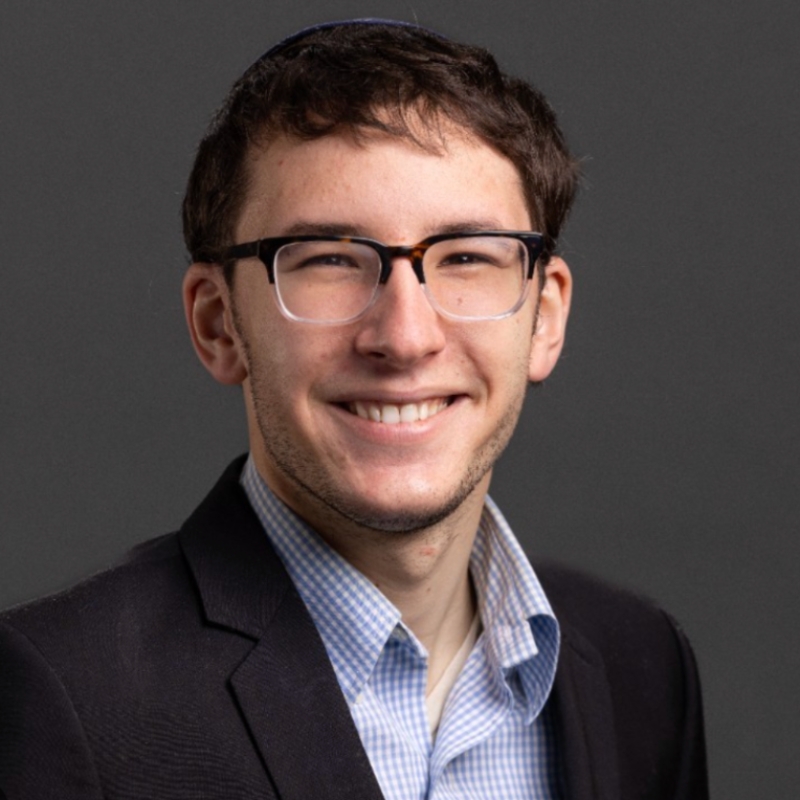I have often been puzzled by one of the lines in Parshat Bereshit. In Bereshit 2, when God decides to create a second person, “God cast a deep sleep upon the man; and, while he slept, God took one of his ribs and closed up the flesh at that spot.” (Genesis 2:21) Why does God put Adam to sleep in order to perform this operation? Why should Divine surgery require anesthetic at all? Couldn’t God have simply made this a painless experience for Adam while he was awake?
These questions leave me thinking that there must be more to this God induced deep sleep than just preventing pain. In his d’var Torah for Purim 1882, Gershon Hanoch Leiner, the Radzyner Rebbe, addresses this very question. He writes, “At the time of something’s completion by Hashem, it receives an influx of Life from its Creator. But the Life that resides in a thing at the time of deep sleep, before the finishing of the vessel for that holiness and Life, is limitless and infinite. After the creation is completed in perfection, the immense light no longer exists, because the vessel cannot receive the light except according to the measure of its capacity.” (Sod Yesharim, Purim 5:3-4)
Find more resources on Bereshit.
The Radzyner Rebbe is, somewhat opaquely, telling us that before any created thing is finished, it holds infinite possibility and has boundless capacity for Divine light. He says that this state is the “deep sleep” that Adam was in. In that dreaming and unfinished state, humanity could be anything and was boundlessly capacious. The Radzyner Rebbe connects this idea to a concept from the teachings of the great kabbalist, Rabbi Isaac Luria, the Arizal. The Arizal teaches that it is only because, as a Midrash tells us, the Jewish people slept late on the morning of the revelation at Mount Sinai that we were able to hear God and respond to the revelation.
The Radzyner’s assertion then is that it is only through the “deep sleep” of both Adam and the Jewish People that the following revelations were possible. The state of deep sleep is one where we can hold all the light in the world, where we can fundamentally do and be anything, where we can dream of all possibilities. Adam’s deep sleep creates the possibility of encountering another human being, and the Jewish people’s sleep opens up the possibility of communal connection to the Divine. He is telling us that it is only in dreaming infinitely big that we wake up to a world of meaningful connections and possibility. His view is that no creation is possible without first stepping back and creating room for the infinite breadth of everything it could be.
As we begin the Torah anew this week, my sense of the possible has felt so small. Baruch Hashem, the remaining hostages are home from Gaza and a ceasefire is in effect. The world that we are left with is an increasingly authoritarian president at home deploying masked men to drag people through the streets, and a corrupt war criminal of a Prime Minister in Israel surveying a situation in Gaza and the West Bank where the human rights situation has scarcely been worse. If we only look at the world as it is, these challenges feel insurmountable and demoralizing. That is precisely why I feel that Rabbi Leiner’s Torah is more needed now than ever. He offers us to re-enter the space of “deep sleep,” of opening up the cognitive space to see these conditions as unfixed and open. By dreaming of flourishing democracy, safety, and security for everyone, we are able to create the conditions for that reality.
I want to offer each of you reading this a brachah. I pray that you are blessed not to be caught up in jadedness or faux “realism” that demands anything less than human rights for each and every one of us. This Shabbat Bereshit, may we all return to a Divinely induced space of infinite capacity to dream a beautiful future of connection and joy into being.
Rabbi Jonah Winer (he/him) is T’ruah’s director of learning. He was born and raised in Toronto and, after earning a BA in Religious Studies at McGill University, was ordained by Yeshivat Chovevei Torah in New York. While there, he worked as a Rabbinic Intern at NYU’s Bronfman Center and the Kehillah of Riverdale. After ordination, he spent three years working at Hillels, most recently as Senior Jewish Educator and Orthodox Rabbi at Brown RISD Hillel.

